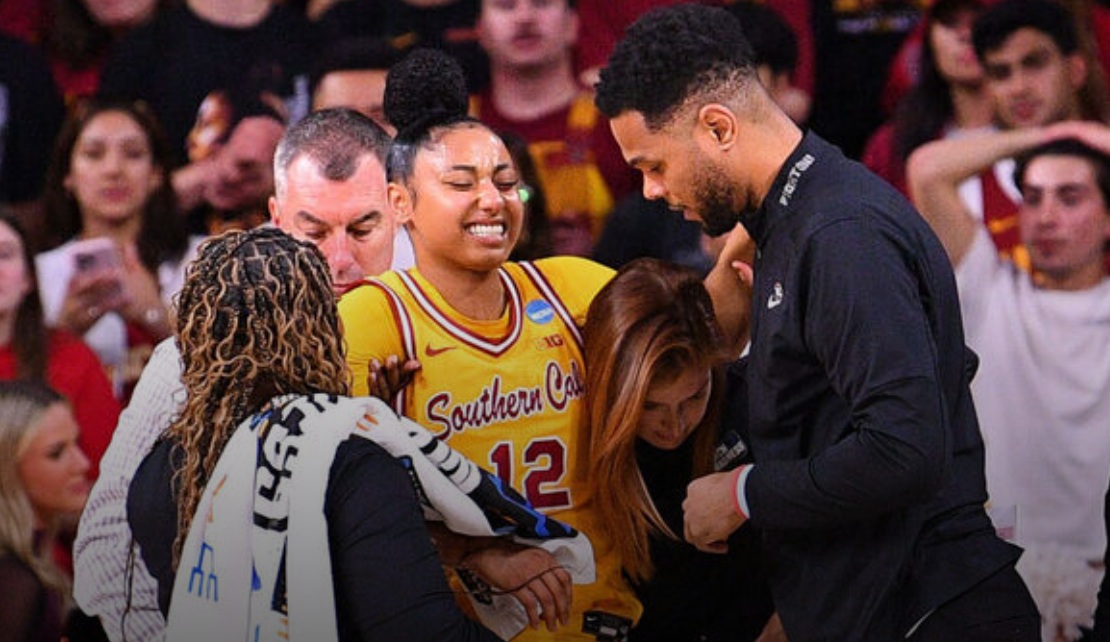That’s how I started to shoot the film. We shot it … thanks to the seasons, the film needed the seasons, in three periods of time. Starting in spring, starting at the end, starting when she finds the bodies. Then autumn, then winter, February 2020. We would edit with François [Gédigier] each time, between the periods, six months apart. And after the first shoot, I felt we were too far from what, in fact, I was in love with … which was the gesture of imagination of that woman. Observing somebody, being a puppeteer, knowing me, knowing that we’re the people making the film, fabricating the film, it was not the right feeling! She was too mysterious, or too much of a saint, and I was disgusted by that! It was obvious in fact that it was the character of Clarisse who was making the film. She’s doing the images, she’s editing. What attracted me was to be in her head. Of course when you enter a head the storytelling goes [loud crashing sound] goes as crazy as what we have in our head even now. We’re thinking about something else right now, too. It became quite exciting to explore that with the tool of cinema. How come we are in instinct, sensation, smells, sounds, light, everything! Everything! Those things became exciting.
Then what I do, I always have a very precise chronology so the actors and the crew know exactly where we are in time. If you put the story in order it’s: she receives a phone call, your husband and kids didn’t come back from this night, she comes, the avalanche people say we won’t find the bodies until spring. I think she went in a hospital. We did film a scene in a hospital. But we took it out because in fact, it was too obvious. If she was crazy the audience would be too protected. So then I thought she’d stay in that house. Not move. Her friend who owns a gas station says “You have to move. You’re not gonna wait til spring.” She takes her car, she takes that car because it’s his car, as we discover in a flashback to the discotheque, it’s the car that brought her family to death. That’s the story! And for me it’s like if she could … [he puts his hands in the air feeling vibrations] … if there was a radio she could … [he turns imaginary dials and makes static noises] … take a space trip, she could connect with them, like an antennae. And she can say, “Wow … what if my daughter was a great pianist? What if my husband that I didn’t desire anymore, what if I want to see him naked again?” She can do whatever she wants. And of course we do exactly the same thing she did. We prefer to forget that it’s real. This denial. That’s how we would be nourished. By getting close to her gesture.
You talked about how Alain Resnais, who you worked with a number of times, was in the back of your mind while filming this. And clearly there’s a lot of his movie “Providence,” in which an author revisits and revises memories as he dies and is then confronted with the reality he’s been fighting. It’s been fascinating to see in the last decade or so how important he’s become kind of the key to this modernist moment. Why do you think he’s become so important?
You know, you’re right. I didn’t really think about that! Maybe … what comes to mind when you said that is that [Resnais] was a guy who was having fun. And wasn’t just stuck in theory. Because theory dies. And pleasure never dies. Maybe it’s this thing that he had about experimenting like a scientist. Working with trial and error. I think of Resnais, I had the chance to meet him the last time he went to New York and it was so moving. He loved that city. We went to see a Sondheim play. It was … it was his humor. Yeah. How he believed there wasn’t an intellectual world that wasn’t accessible to everyone. It was never about theory. But you’re right, of course I thought about “Je t’aime, je t’aime,” “Providence,” of course. But it would mix with “Rain People” from [Francis Ford] Coppola, and a lot of Japanese cinema about phantoms. How phantoms are treated, how they’re real. They know how to live with phantoms so beautifully.
You can view the original article HERE.






























